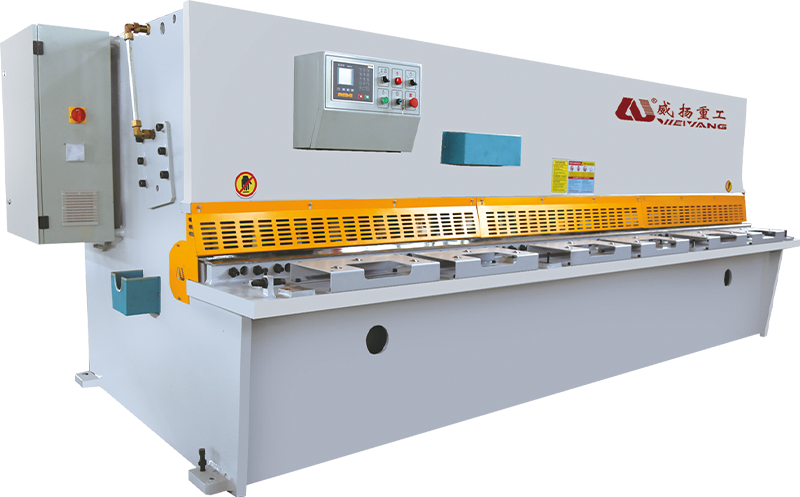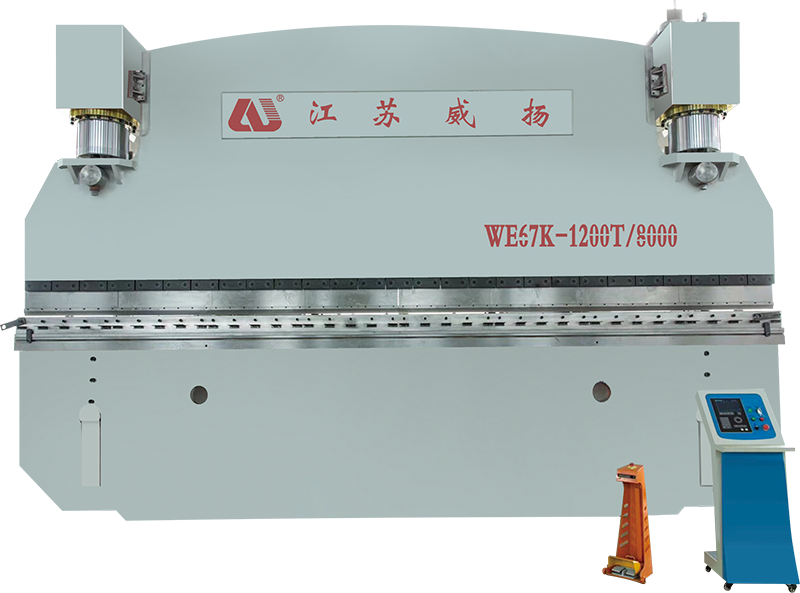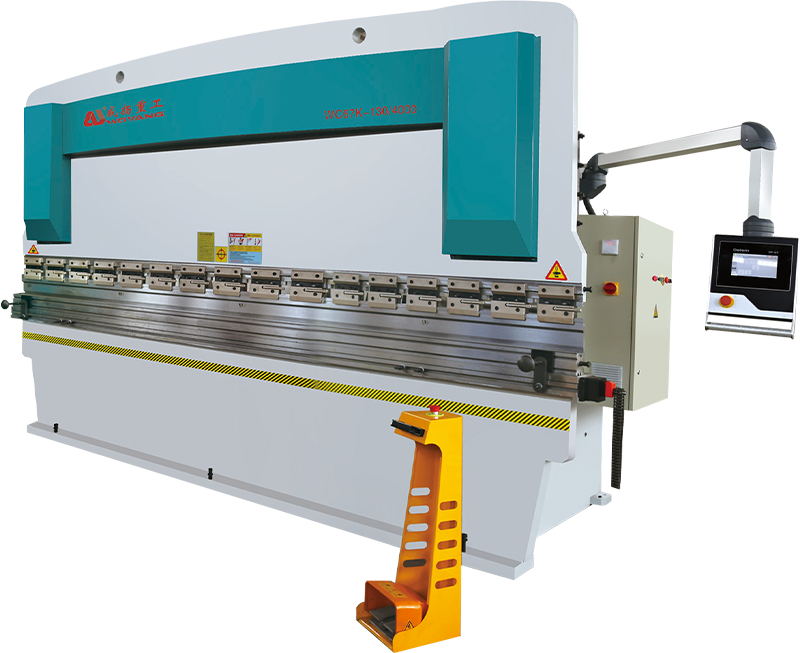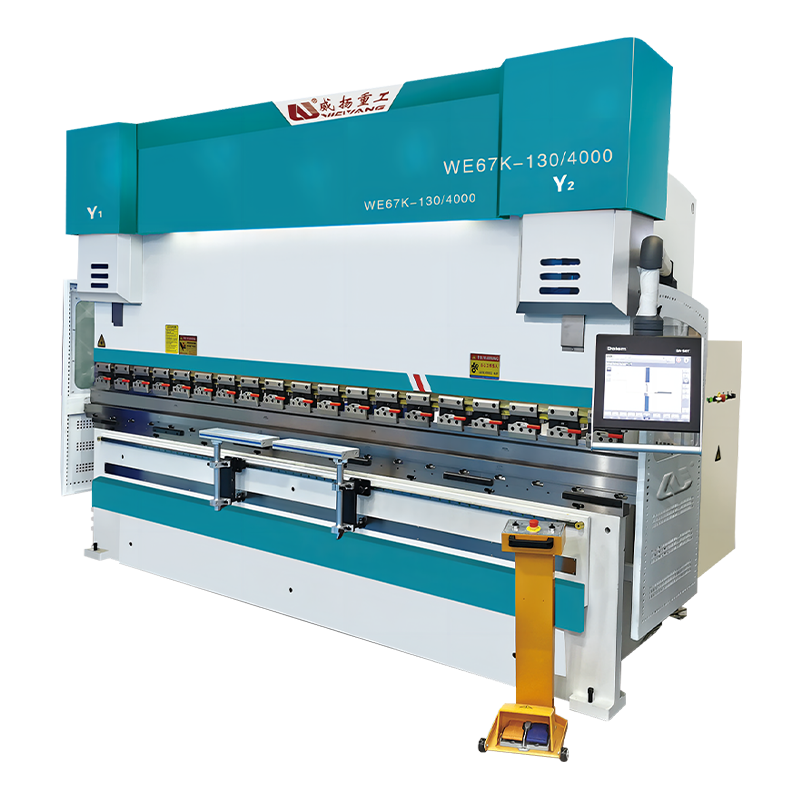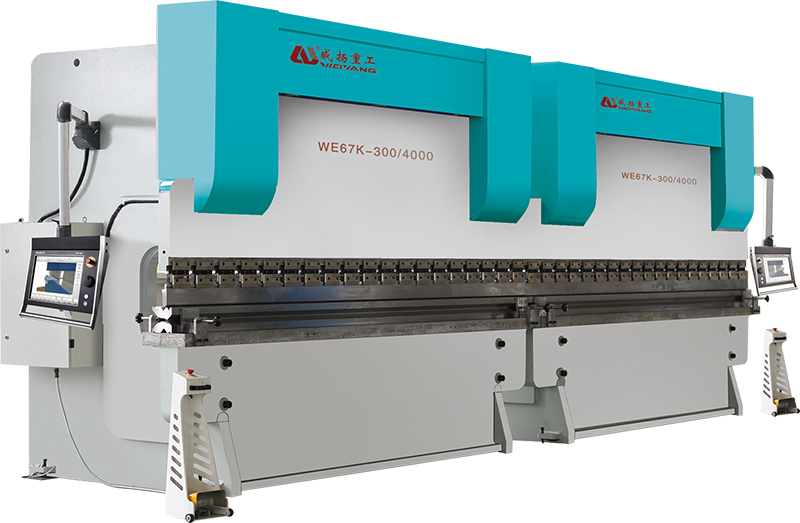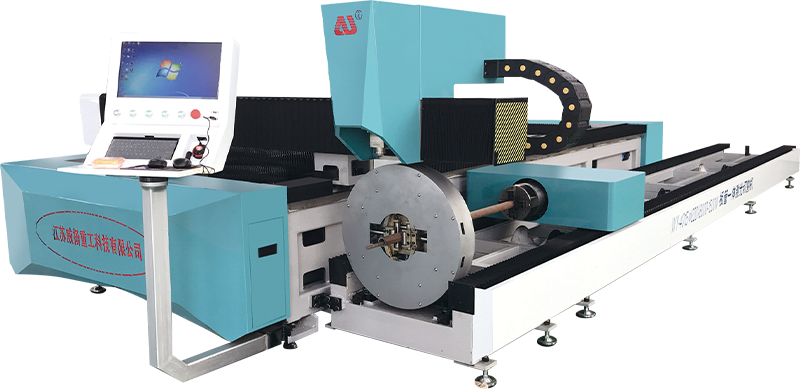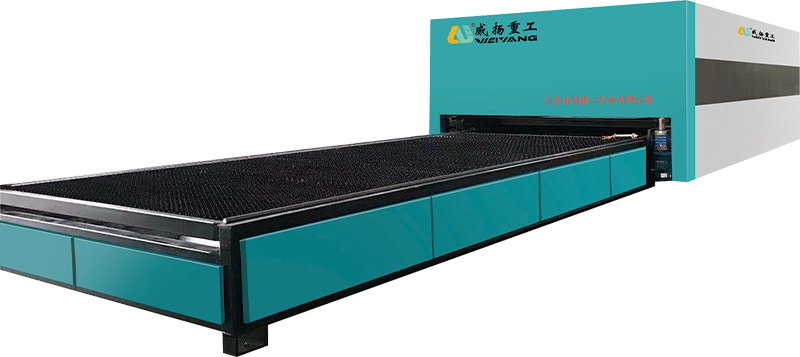How does the pressure system of a hydraulic press brake impact its ability to form different material thicknesses and hardness levels?
The tonnage generated by the hydraulic pressure system determines the amount of force applied during the bending process. This force is critical for bending materials of different thicknesses. Thicker materials require significantly more tonnage to be bent properly without defects such as cracking or deformation. The pressure system regulates the force applied by adjusting hydraulic fluid flow and pressure, ensuring that the required tonnage is achieved based on the material's thickness. For example, while a thin sheet of material may only require a low tonnage to form, a thick metal plate would require much higher pressure. The system’s capacity to generate varying force levels ensures that the press brake can handle diverse materials, from thin gauges to thick, heavy plates.
The hardness of the material being formed directly affects the amount of pressure needed. Harder materials, such as high-carbon steel, titanium, or stainless steel, possess greater resistance to deformation, meaning that more force is required to bend them. Conversely, softer materials like aluminum or copper bend more easily and need less force. The hydraulic press brake’s pressure system is engineered to accommodate these variations by adjusting the applied force based on the material's resistance to deformation. If the pressure is insufficient for harder materials, the machine may fail to create the desired bend, potentially causing issues like cracking, incomplete bending, or improper angles.
To achieve precise and uniform bends, the hydraulic pressure system must apply force consistently across the entire length of the material. Variations in pressure distribution can lead to inaccuracies such as springback (the material returning to its original shape after being bent), uneven bending, or distortion in the final product. A high-quality hydraulic press brake employs a proportional valve or closed-loop control system to monitor and regulate pressure continuously, ensuring that force is applied evenly across the workpiece. This consistency is crucial, particularly when working with long or wide workpieces, as it prevents localized overloading that could lead to defects or uneven bends.
Many modern hydraulic press brakes offer adjustable pressure settings to accommodate different materials and bending requirements. This flexibility allows operators to fine-tune the system based on the specific material properties of the workpiece, such as thickness, hardness, and ductility. For example, when bending a softer material like aluminum, the operator may adjust the pressure to a lower setting, ensuring an efficient process without wasting energy. For harder or thicker materials, the operator can increase the pressure to ensure the material deforms as required. The ability to adjust pressure settings not only enhances the machine’s versatility but also maximizes efficiency by optimizing the force used for each operation, resulting in higher-quality bends and more consistent production outcomes.
To protect both the machine and the operator, hydraulic press brakes are typically equipped with overload protection mechanisms such as pressure relief valves or load sensors. These safety features prevent the machine from operating beyond its design capacity, which could cause damage to the hydraulic components or other mechanical parts. When working with particularly thick or hard materials, the pressure system can automatically adjust to ensure that the applied force does not exceed the machine’s safe limits. Overload protection ensures that the system remains within its operational range, safeguarding against unexpected failures and reducing the risk of machine downtime. These safety measures protect workers from potential hazards that could arise if the press brake were to exceed its designed force limits.





